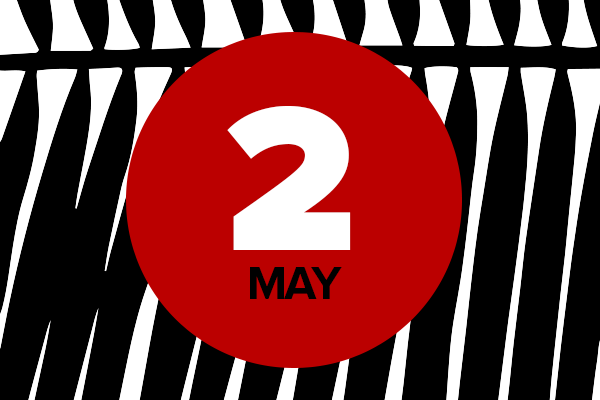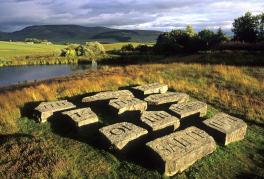

General Information
- Lecture: "Inscribed Sites: Verbal Art in Postmodern Built Environments"
- Lecturer: Brian McHale, Arts and Humanities Distinguished Professor at The Ohio State University and Core Faculty member of Project Narrative
- This event will be presented in-person as well as over Zoom (access lecture at this link). Project Narrative is committed to hosting inclusive, accessible events that enable all individuals, including individuals with disabilities, to engage fully, even in virtual formats. To request an accommodation or for inquiries about accessibility, please contact Joey Ferraro at ferraro.48@osu.edu or Mary Gibaldi at gibaldi.4@osu.edu.

Lecture Description
This talk reports findings of analyses carried out collaboratively by Brian McHale and Brian McAllister, forthcoming in a chapter of The Routledge Companion to Literature and Art, edited by Michelle Wang, Neil Murphy and Cheryl Julia. Since antiquity, built structures – including not only actual buildings, but also monuments and landscaped gardens – have often served as physical supports for works of verbal art in an extended sense: lines of verse, epitaphs, famous utterances, gnomic wisdom. That changed in the twentieth century, when the modernist practitioners of the International Style, in their campaign to “purify” architecture of inessentials, stripped buildings of texts along with other forms of ornamentation, the better to showcase what they regarded as fundamental to their art: structure and materials. Texts of verbal art continued to figure in conservative and retrograde styles, such as Beaux-Arts architecture, and in settings such as cemeteries and war memorials, but they were largely excluded from cutting-edge modernism. All that changed again with the onset of postmodern architecture in the 1970s which, along with decoration, playfulness, humor and other pleasurable elements proscribed by the International Style, reintroduced verbal texts. Partly this reflected a re-valuation of signage in the wake of the insights of Robert Venturi and others into the architectural lessons that could be learned from Las Vegas. Word-oriented visual artists such as Jenny Holzer began to treat architectural surfaces once again as physical supports for verbal art, as in Holzer’s artfully skewed Truisms, appearing first on flyers pasted, guerrilla-style, on Downtown Manhattan walls and lampposts, later on theatre marquees, bronze plaques affixed to buildings, and even on the electronic signs of Times Square and, yes, the Las Vegas strip.
This talk explores three contemporary (late-20th, early 21st-century) sites where verbal-art practices are incorporated in built or landscaped environments: the Scottish minimalist poet Ian Hamilton Finlay’s curated garden at Stonypath (1966-2006) in the Pentland Hills near Edinburgh; Input (2004), a landscaped site on Ohio University’s campus in Athens, a collaboration between the landscape-architect Maya Lin and her brother, the conceptual poet Tan Lin; and closest to home, Verses (2011), the American installation artist Ann Hamilton’s floor of appropriated texts in a reading-room of Ohio State University’s main library here in Columbus. Each reflects a different contemporary mode of verbal art – concrete poetry, “uncreative writing,” procedural writing-through – but each also evokes narrative genres and frames, albeit obliquely: history-writing in Hamilton’s Verses, life-writing in the Lins’ Input and, most obliquely of all, the master-narrative of revolution in Finlay’s garden.
